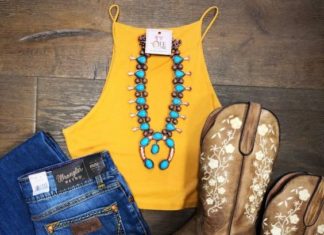Your choice of footwear can make or break any outdoor adventure you set your mind to. Whether you’re going hiking, camping, hunting or fishing. the wrong shoes can result in sore feet and blisters and overall unpleasant experience. So, if you don’t want to cut your trip short because you’re unable to walk comfortably, it’s essential that you choose footwear that’s designed to protect your feet from the rough terrain and outdoor conditions. Here are some features to pay attention to in order to make the right choice.

Materials
The materials an outdoor shoe is made of influence its weight, breathability, water resistance and durability. For instance, full-grain leather shoes offer optimal abrasion resistance and are water-proof when oiled. Popular models of outdoor shoes such as Keen footwear are made of oiled leather which can be either regular or nubuck. Because it’s flexible, nubuck leather is a great choice when you don’t have time to break in your shoes before taking the trip. Polyester, nylon and synthetic leather are also commonly found in outdoor shoes. These are popular choices if you need a breathable shoe for warm weather. However, they aren’t water resistant and aren’t very durable due to having more stitching.
Midsoles
The midsoles of the shoe determine how much cushioning it provides and how stiff it is. If you want your feet to stay protected from shocks due to the rough terrain, make sure that you choose stiffer shoes. The stiffer the shoes, the more comfort and stability for moving around on a rocky, uneven surface. With that being said, the best midsole materials for outdoor shoes are EVA and polyurethane. Brands such as Keen footwear offer shoes made of these types of materials.
Outsole
And finally, there’s the outsole – the direct surface of the shoe that hits the ground. As such, it needs to be slip-resistant and offer optimal grip and traction. Usually, outsoles with a lug pattern are great for outdoor terrain. The deeper and thicker bumps on the sole increase the traction and shed mud more easily, thus helping you to move around outdoor terrain faster and safer. Some shoes also include a heel brake which reduces the chances of sliding during a steep descent.
Design
And finally, outdoor shoes are available in different designs depending on your needs. There are low-cut outdoor shoes which are suitable for outdoor activities in dry, warm weather that don’t require much walking. If you plan to take a long hike, you need good ankle support, which is why it’s recommended to go for ankle-high hiking boots. And if you’re planning to spend time outdoors in the winter, you may need mid-calf boots, depending on how much snow there is. In some cases, there are also toe guards attached to the shoes for ultimate protection, which are especially helpful if you’re moving around steep terrain.















